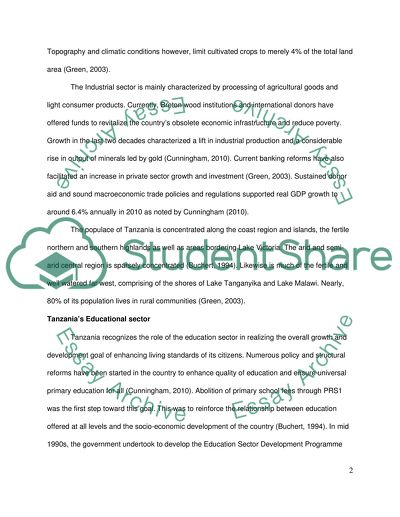Cite this document
(“INTERNATIONAL POLITICAL ECONOMY Essay Example | Topics and Well Written Essays - 1500 words”, n.d.)
Retrieved from https://studentshare.org/environmental-studies/1421385-international-political-economy
Retrieved from https://studentshare.org/environmental-studies/1421385-international-political-economy
(INTERNATIONAL POLITICAL ECONOMY Essay Example | Topics and Well Written Essays - 1500 Words)
https://studentshare.org/environmental-studies/1421385-international-political-economy.
https://studentshare.org/environmental-studies/1421385-international-political-economy.
“INTERNATIONAL POLITICAL ECONOMY Essay Example | Topics and Well Written Essays - 1500 Words”, n.d. https://studentshare.org/environmental-studies/1421385-international-political-economy.


